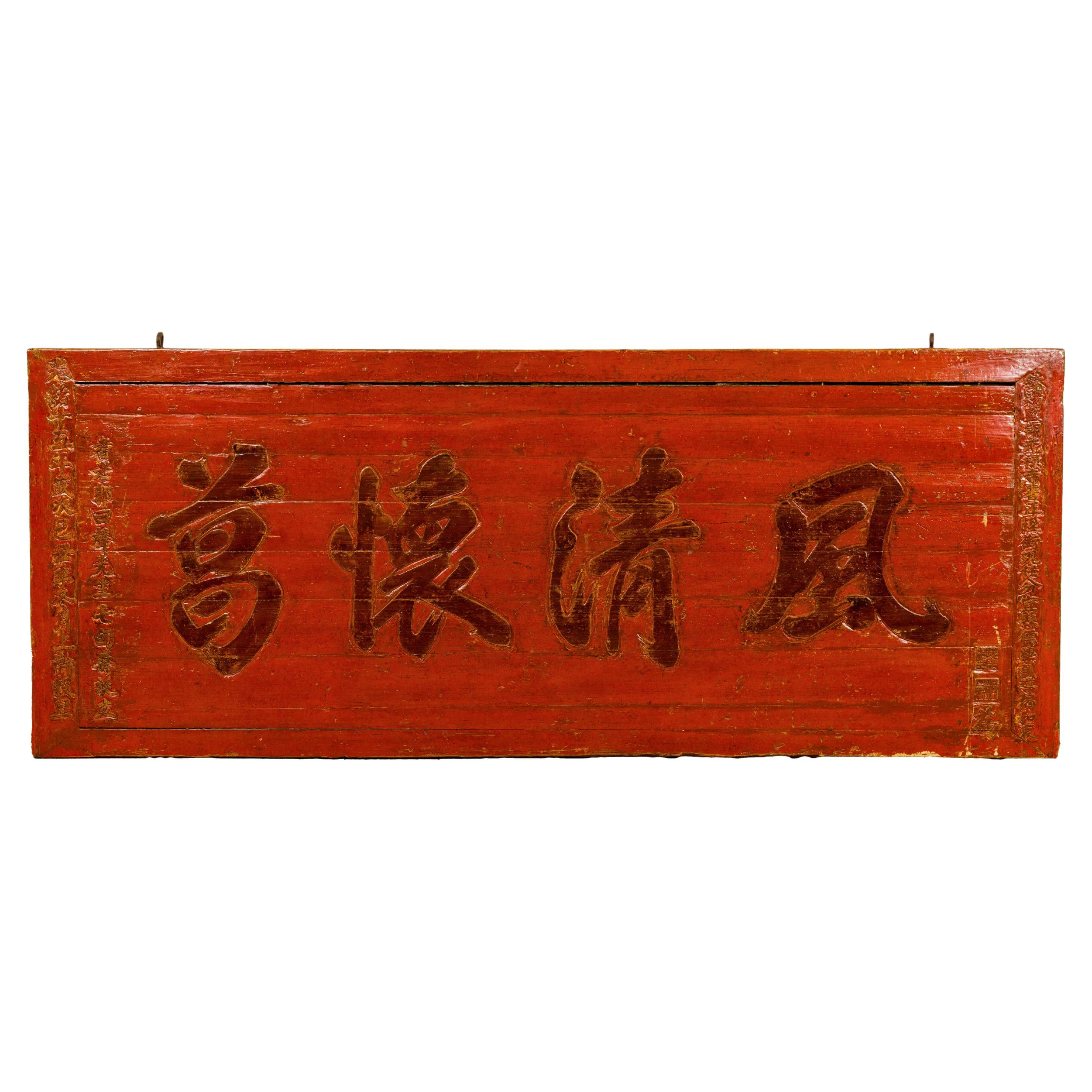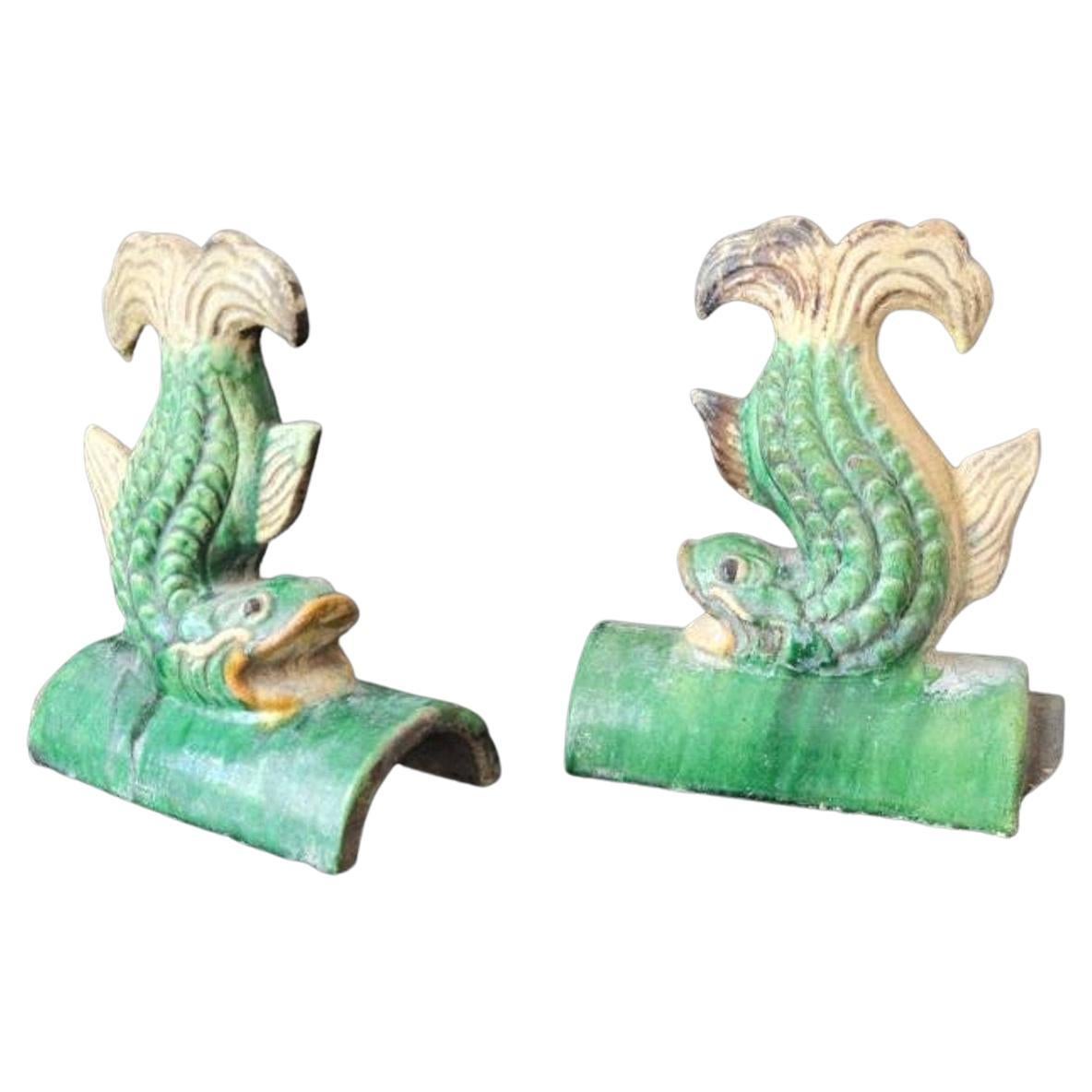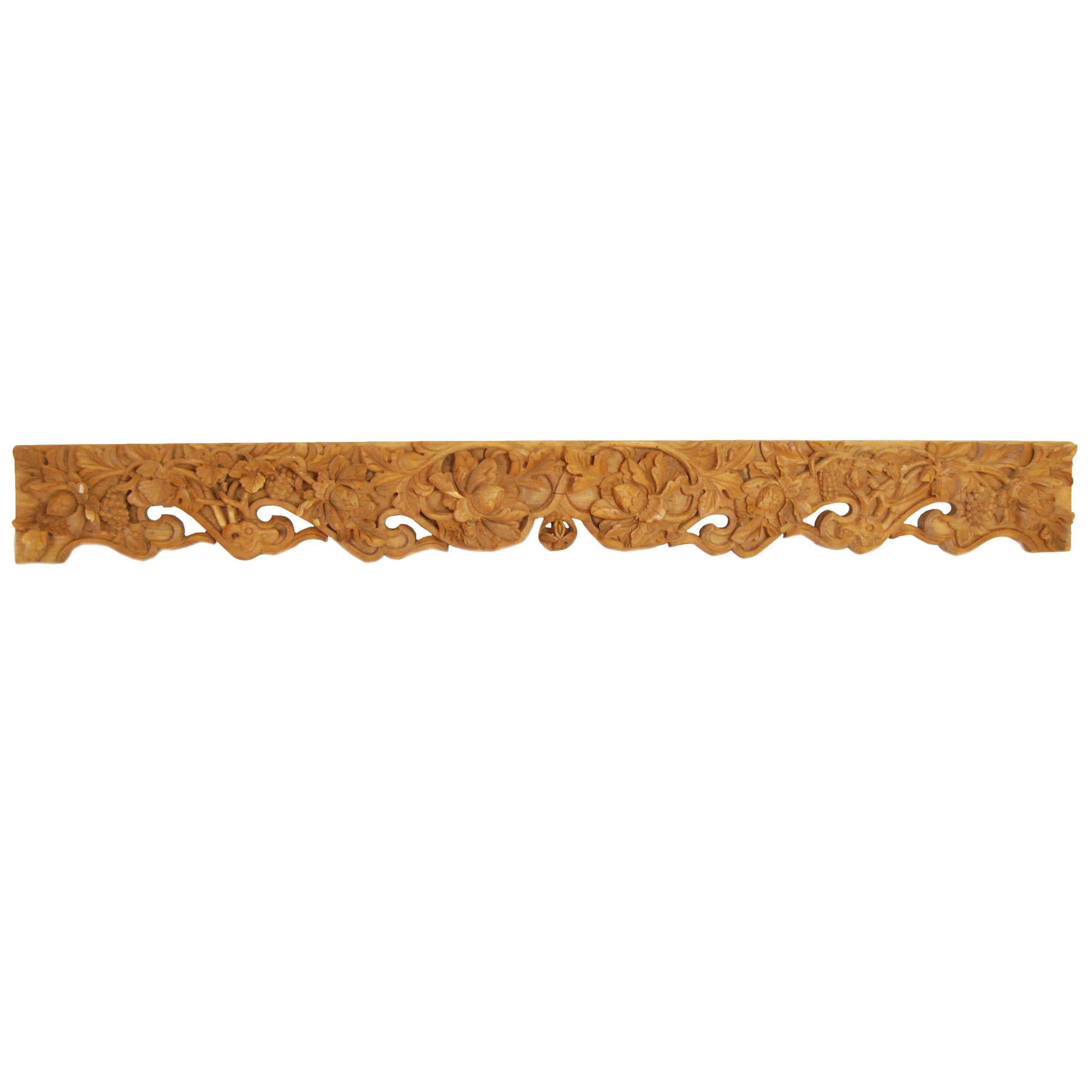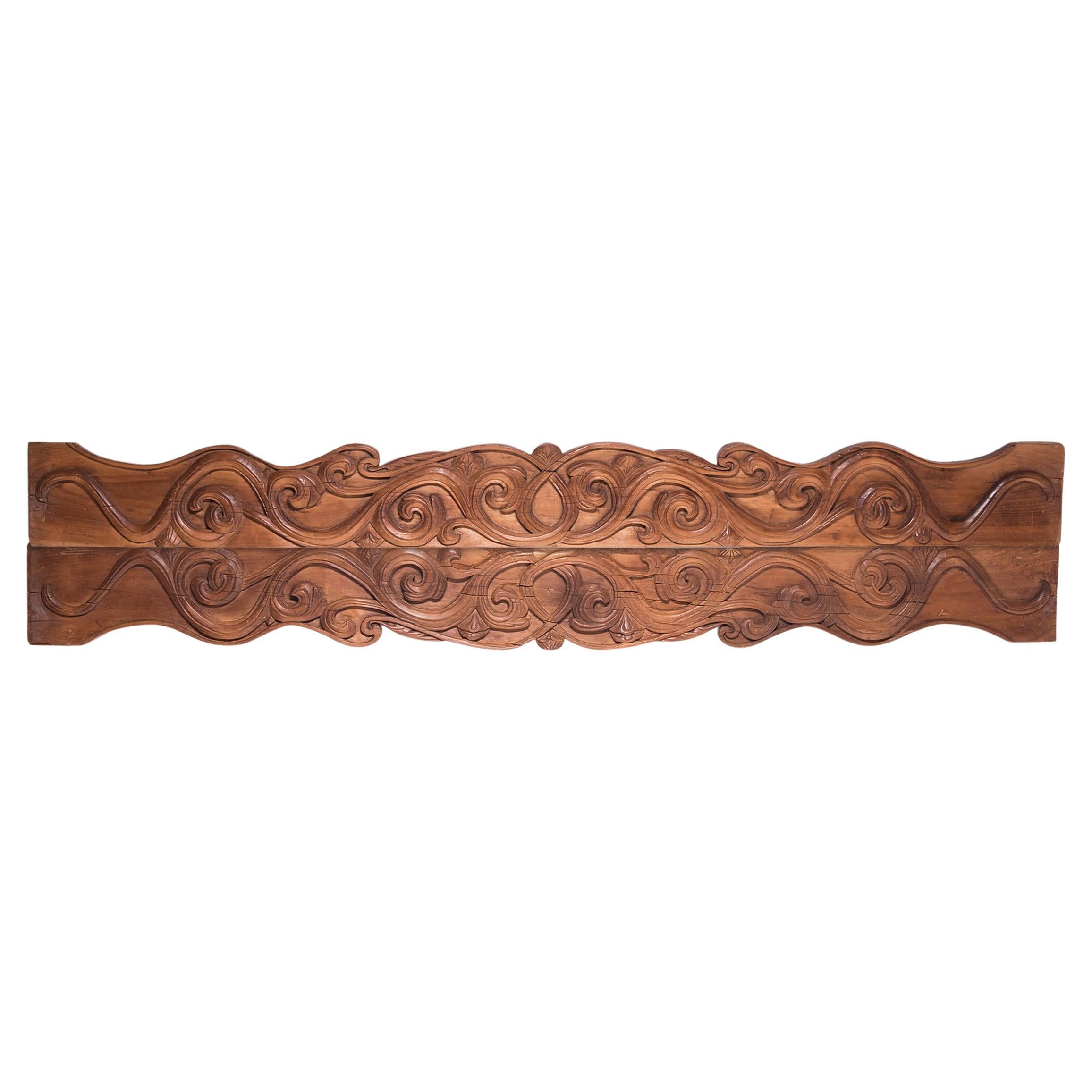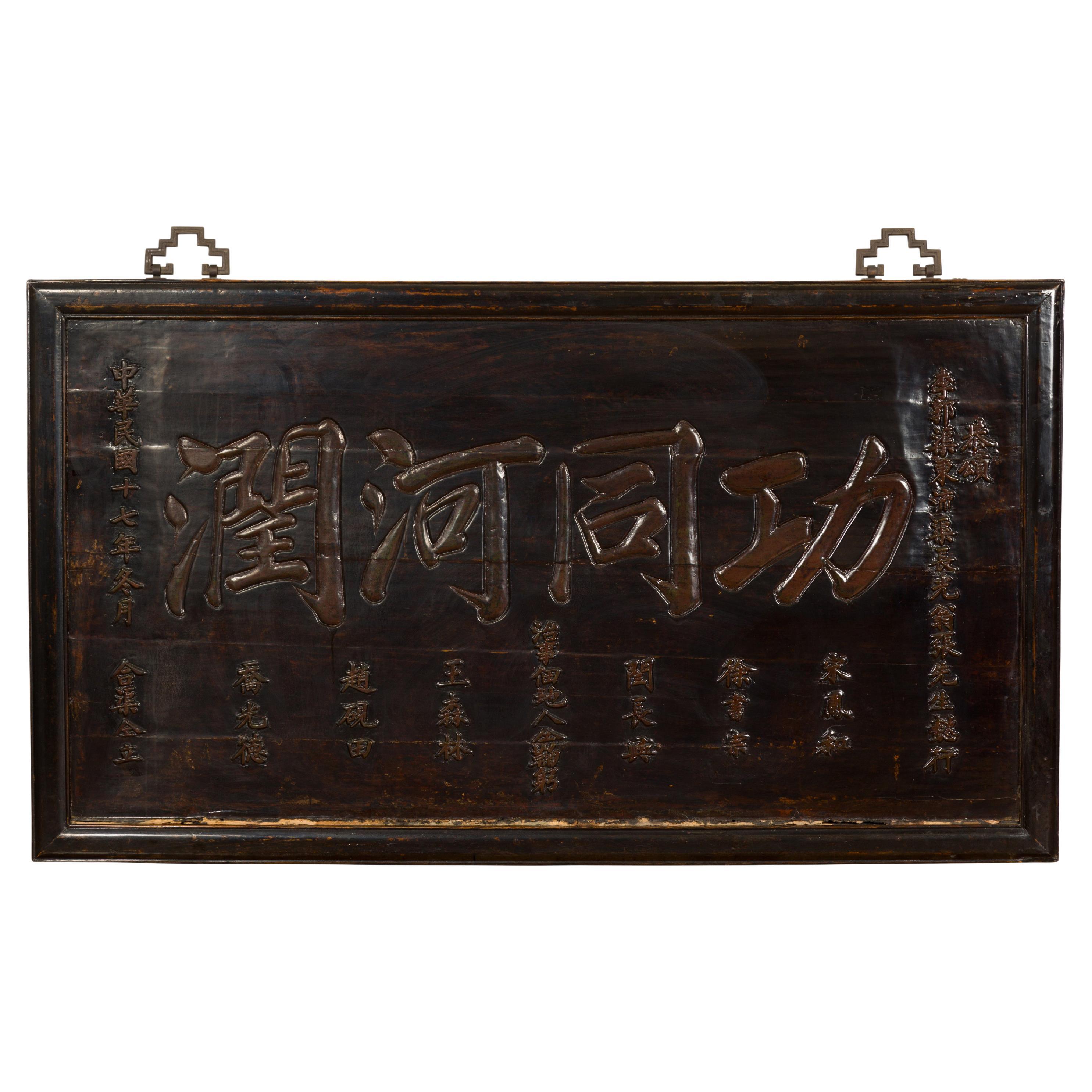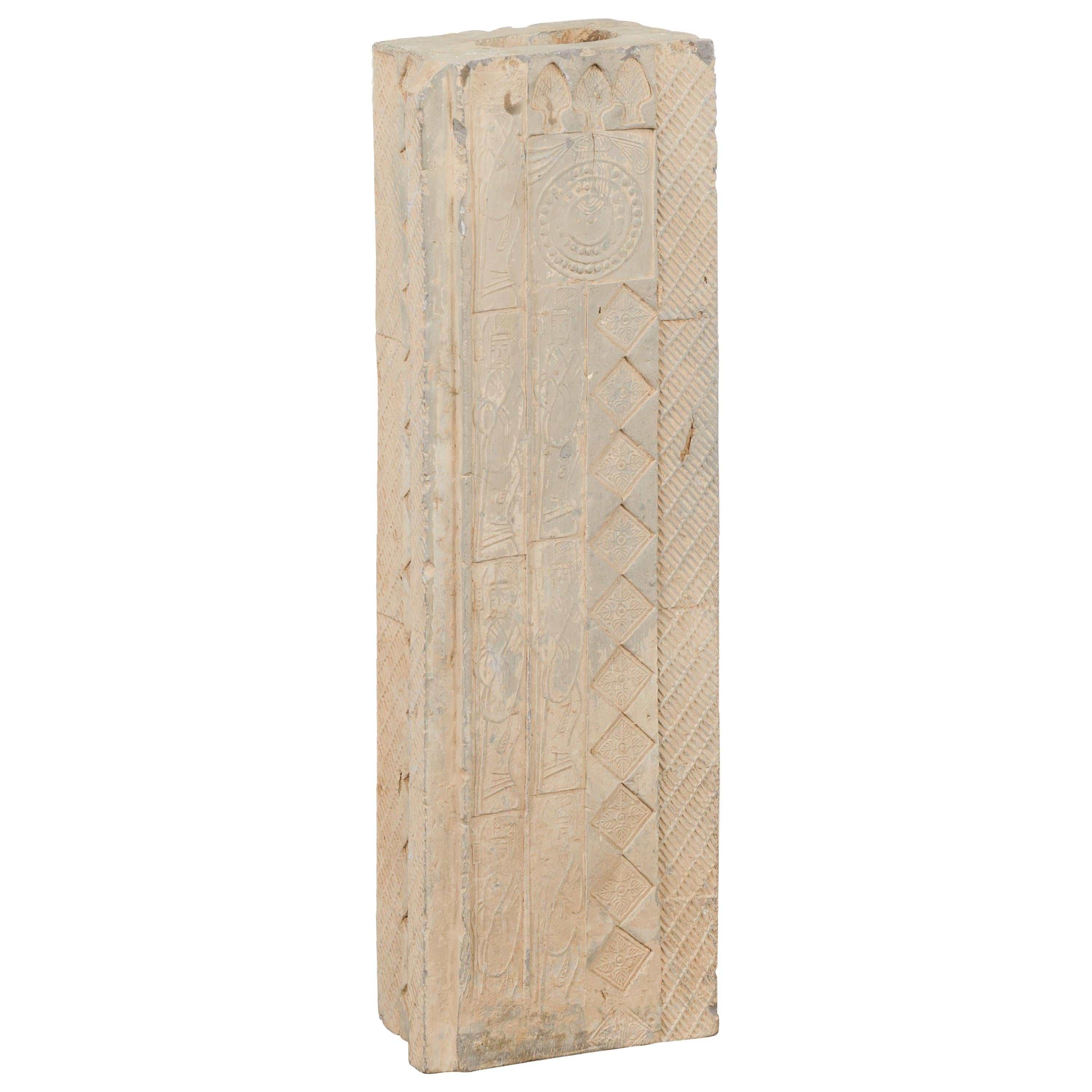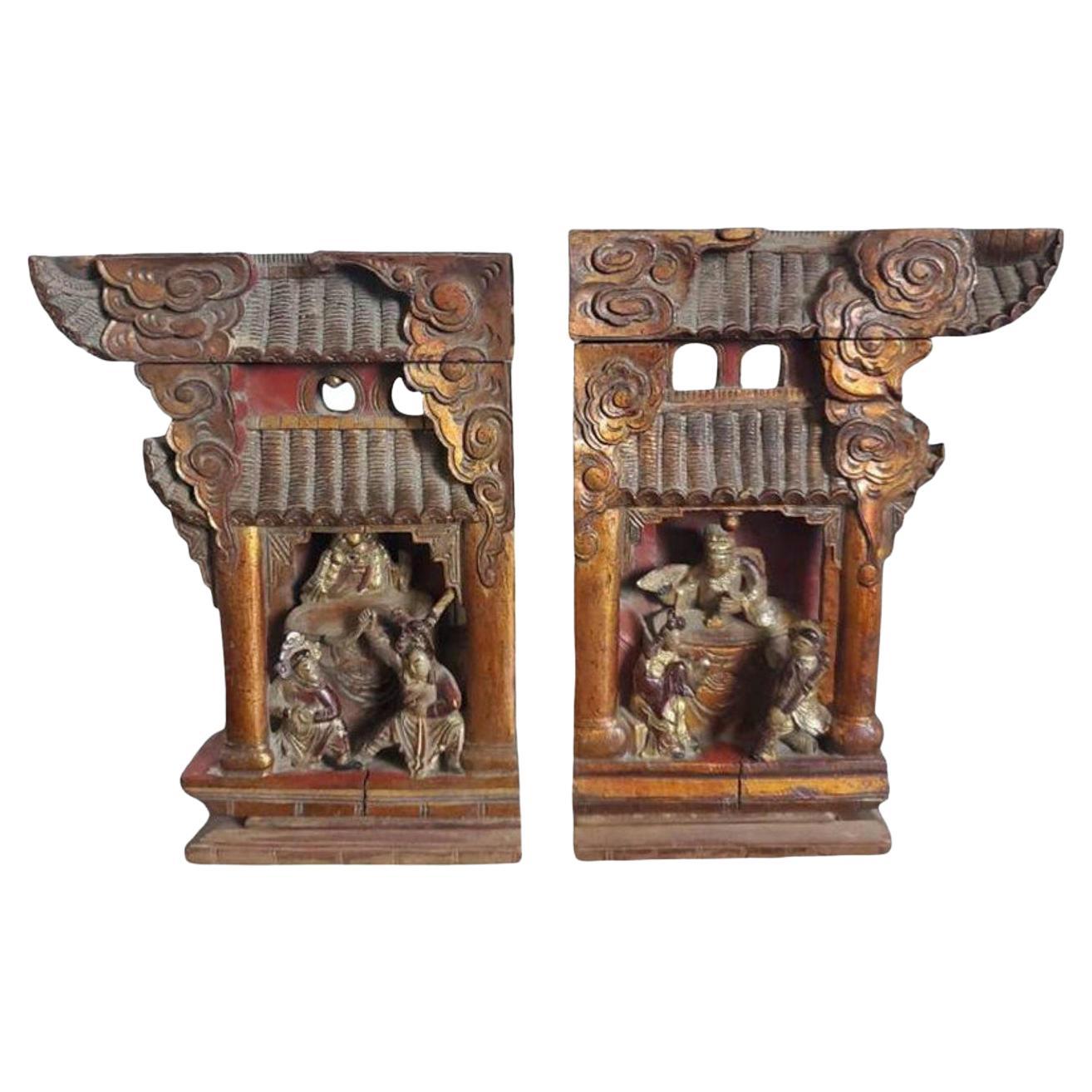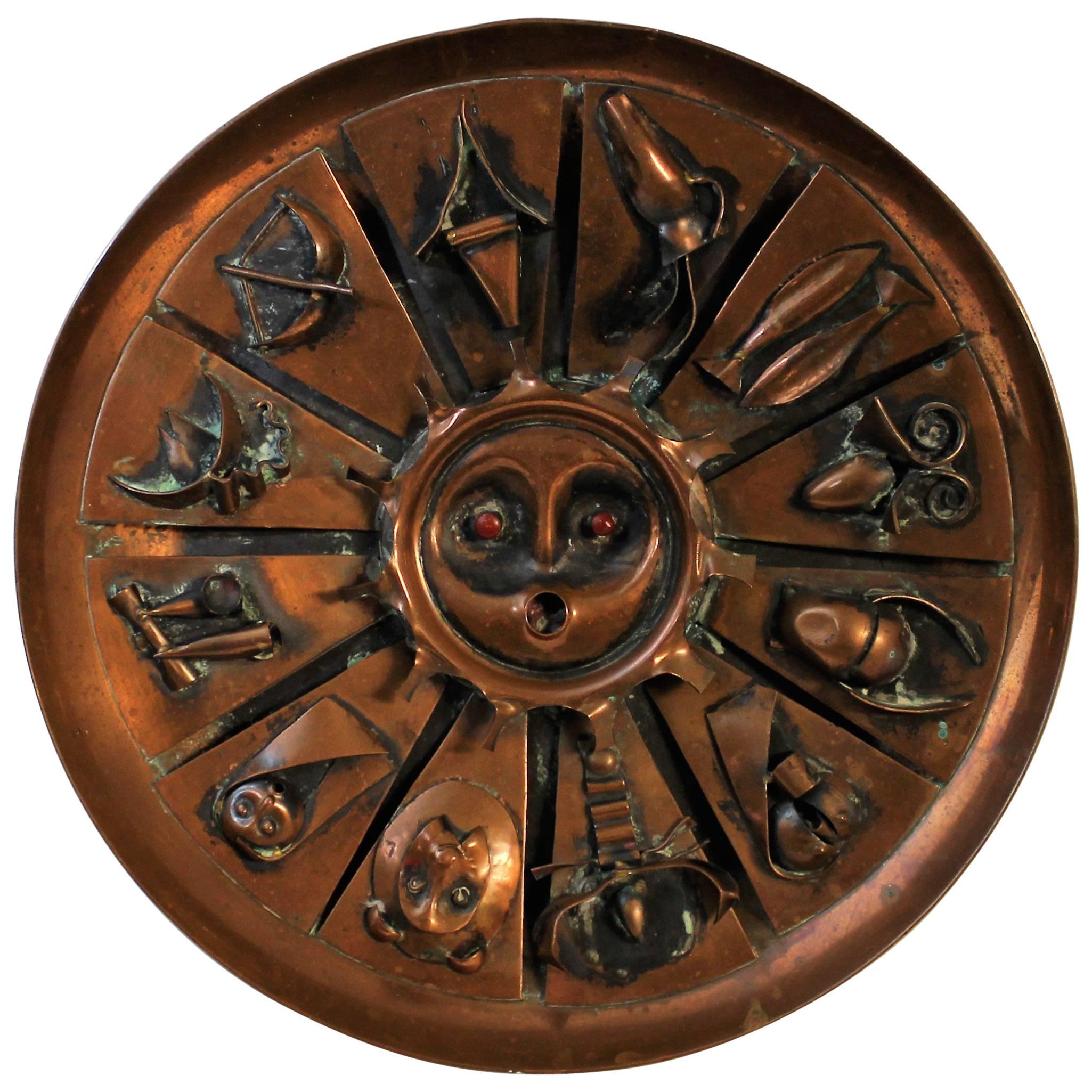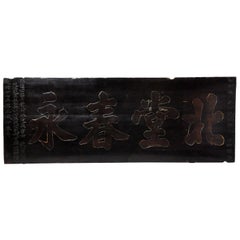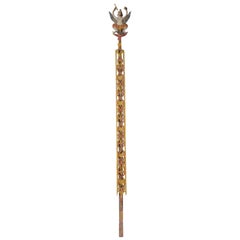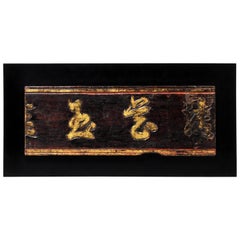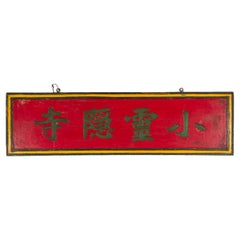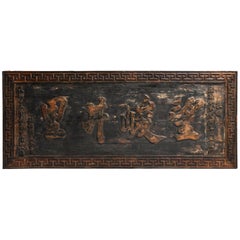
Qing Dynasty Chinese Shop Sign
View Similar Items
Want more images or videos?
Request additional images or videos from the seller
1 of 19
Qing Dynasty Chinese Shop Sign
About the Item
- Dimensions:Height: 35 in (88.9 cm)Width: 84 in (213.36 cm)Depth: 2 in (5.08 cm)
- Style:Qing (Of the Period)
- Materials and Techniques:
- Place of Origin:
- Period:
- Date of Manufacture:19th Century
- Condition:Wear consistent with age and use. Minor losses. Minor fading.
- Seller Location:Chicago, IL
- Reference Number:Seller: 18T022421stDibs: LU886410852223
About the Seller
5.0
Vetted Seller
These experienced sellers undergo a comprehensive evaluation by our team of in-house experts.
Established in 1989
1stDibs seller since 2010
408 sales on 1stDibs
More From This SellerView All
- Chinese SignLocated in Chicago, ILThis impressive sign was once hung above the entrance to a Chinese ancestral hall. It is made from planks of Elmwood covered in layers of thick black tree lacquer for protection from...Category
20th Century Chinese Screens and Room Dividers
MaterialsWood, Lacquer
$7,800 - Southeast Asian Openwork Architectural Fragment with Garuda-Form FinialLocated in Chicago, ILThis unusual carving once graced the exterior of a Thai government building and bears the symbol of the King; a garuda. All national government buildings are in effect royal building...Category
Antique 19th Century Thai Architectural Elements
MaterialsTeak, Paint
- Fragment of a Chinese SignLocated in Chicago, ILThe sign is of Burmese origin, made from teakwood and covered in lacquer and gold leaf. The two legible characters are “Jade” and “Art”. As many carved signs were shop signs, this may have been a jade dealer’s sign...Category
20th Century Chinese Architectural Elements
MaterialsGold Leaf
$570 Sale Price40% Off - A Qing Dynasty Narrow Altar TableLocated in Chicago, ILThis long and graceful Chinese altar table features an oxblood patina that has darkened with age. Oxblood is one of the three traditional Chinese lacquers, including red and black, both of which are fully opaque. Oxblood is semi-translucent and shows the beautiful wood grain below. The lacquer is made from actual animal blood dissolved into tree sap...Category
Antique Early 19th Century Chinese Qing Sofa Tables
MaterialsElm
- Chinese Lattice Wall PanelLocated in Chicago, ILThis elegant wall lattice once fit inside tracks in the floor and ceiling for easy removal. Though visually simple, close inspection reveals the lattice t...Category
Antique 19th Century Chinese Screens and Room Dividers
MaterialsElm
$1,950 Sale Price70% Off - Pediment Wood CarvingLocated in Chicago, ILThis Teakwood pediment carving came from a Northern Thai house. Pediment carvings were part of the traditional architecture system and were found under overhanging roof gables. We know it was a residential roof (and not a temple's) because of the shallow angle. Temple roofs are much steeper and usually temple exteriors were painted, so some pigment would usually remain, particularly towards the top. Thai houses were made from solid teak --walls, roofs, floors; everything. They were always raised on stilts to remain above seasonal flooding, snakes and other forest creatures. The area below the house was used for animals and storage. The Thai architectural wall system (including pediments) always employed heavy beams and thin floating panels. Visually these wall panels are very attractive and richly textured on account of exposure to moisture. Teak is very resistant to moisture and insects, so the lifespan of teak exterior parts can be over 150 years. The antique pediment...Category
Early 20th Century Thai Architectural Elements
MaterialsWood
$1,600
You May Also Like
- Chinese Qing Dynasty Period Red Lacquer Carved Shop Sign with CalligraphyLocated in Yonkers, NYA Chinese Qing Dynasty period red lacquer shop sign from the 19th century with carved and lacquered calligraphy. This Chinese Qing Dynasty period shop sign is a remarkable artifact f...Category
Antique 19th Century Chinese Qing Architectural Elements
MaterialsWood
- Chinese Late Qing Dynasty Red Lacquered Shop Sign with Carved CalligraphyLocated in Yonkers, NYA Chinese late Qing Dynasty period red lacquered shop sign with hand carved calligraphy and black and yellow frame. Showcasing a rich history, this late Qing Dynasty period Chinese s...Category
Early 20th Century Chinese Qing Architectural Elements
MaterialsWood
- Pair of Antique Qing Dynasty Chinese Sancai Roof TilesLocated in Forney, TXA pair of Qing dynasty (1636–1912) Sancai glazed ceramic figural roof tiles with rich beautifully aged patina! Dating to the 19th century, wonderfully hand-crafted and painted, sculptural form depicting stylized fish, rising on terracotta clay arched imbrex barrel roof tile. Dimensions: (approx) Each; 13" High, 4.5" Wide, 9" Deep; 8.6lbs total Condition: Great original antique condition with heavy patina over the whole. Significant crazing - craquelure throughout that can only be acquired over long periods of time. Wear consistent with age. We have not cleaned them, leaving them as original, and retaining as much antique character as possible. If you would like them cleaned and polished please let us know after ordering them. History: The Fish, ? (yú) figure is believed to be a symbol of good fortune and longevity. The Fish is one of the several natural or mythical creatures such as Foo Dogs - Guardian Lions that adorn roof edges of Chinese religious temples, official buildings and important structures. Brightly hand painted and glazed ceramic roof tiles...Category
Antique 19th Century Asian Qing Ceramics
MaterialsCeramic, Clay, Paint
- Chinese Pearl of Wisdom Valance, c. 1850Located in Chicago, ILThis architectural valance from the 19th century is beautifully carved in multiple dimensions with lotus, flora, and fruits on the vine and centered with a pearl of wisdom. It beauti...Category
Antique Mid-19th Century Chinese Qing Wall-mounted Sculptures
MaterialsElm
- Pair of Chinese Qing Dynasty Openwork Wall Hanging Giltwood CarvingsLocated in Vero Beach, FLAntique pair of Chinese 18th century Qing dynasty openwork wood carving Gilded screen work wall hanging architectural elements. This pair of Chinese pan...Category
Antique 19th Century Chinese Qing Architectural Elements
MaterialsGiltwood
$1,015 Sale Price / set30% Off - Pair of Chinese Architectural Valances with Scrollwork Relief Carvings, c. 1750Located in Chicago, ILTraditional Chinese architecture follows set principles of design, traceable to the early Zhou dynasty - over three thousand years ago. The beauty of Classic timber framework buildings was often enhanced by the addition of gilded paintings and elaborately carved embellishments, such as this striking pair of wooden valances...Category
Antique Mid-18th Century Chinese Qing Wall-mounted Sculptures
MaterialsElm
